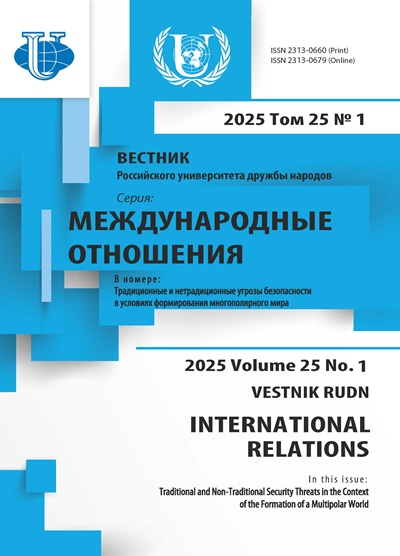Abstract
The article is an attempt to describe the role of the Institute of International Youth Organizations European space as a component of “soft power”. Examples of promoting a policy of “soft power” in the history of the international youth movement identified some problematic aspects and the main vectors of its development within the framework of the European Youth Forum, which is both international umbrella youth organization and actively supports the conduction of Western values, especially political and humanitarian. As the institutional framework of interaction and mutual influence of pan-European organizational youth milieu, these actors are actively going beyond the traditional forms of activity and unaccounted humanitarian potential in the field of international relations cannot be neglected by specialists. This expansion of the capacity of the activities of international youth actors fits into the overall logic of extending the boundaries of foreign cultural policy of the European Union, the Council of Europe and other regional and sub-regional international organizations. This logic of pan-European practices of Institute of International youth organizations, as a resource of “soft power”, is updated by the problems of studying the international participation of Russian youth actors in the environment and requires to focus on the identification of the creative role of international organizations and on the study of situations where the institution does not act as constructive subject of international humanitarian cooperation.











